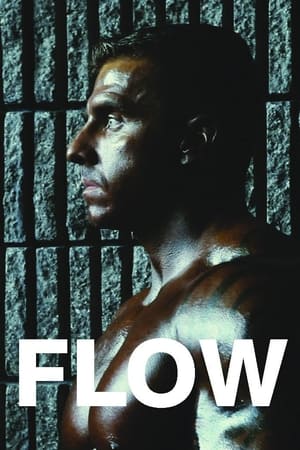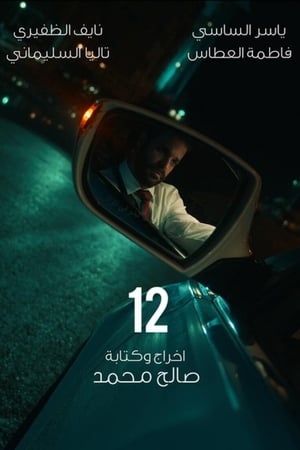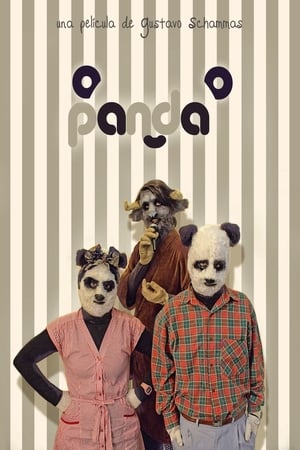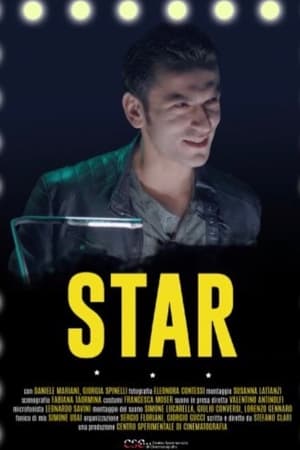

Anônimo e incomum(1990)
Movie: Anônimo e incomum
Top 3 Billed Cast

Anônimo e incomum
HomePage
Overview
Release Date
1990-03-16
Average
6
Rating:
3.0 startsTagline
Genres
Languages:
Recommendations Movies
 4.9
4.9It's a Wonderful Binge(en)
Like the original film, the sequel is set in a near future where all drinking and drugs are banned except for on one glorious day known as The Binge. This year, that day happens to miraculously land on Christmas.
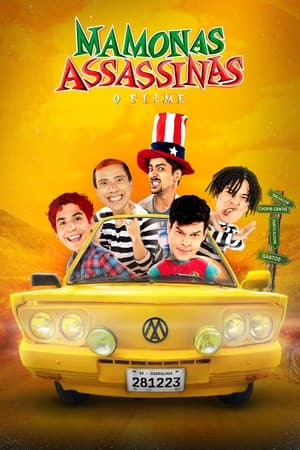 5.3
5.3Mamonas Assassinas: The Movie(pt)
The life and times of comedy rock band Mamonas Assassinas, from their beginning to their breakthrough in the late 1990s.
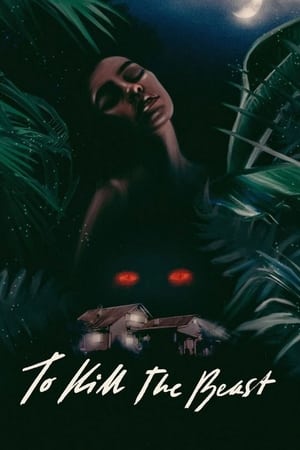 6.1
6.1To Kill the Beast(es)
Emilia arrives at her Aunt Inés' hostel located on the Argentina-Brazil border, looking for her missing brother. In this lush jungle a dangerous beast which takes the form of different animals seems to be roaming around.
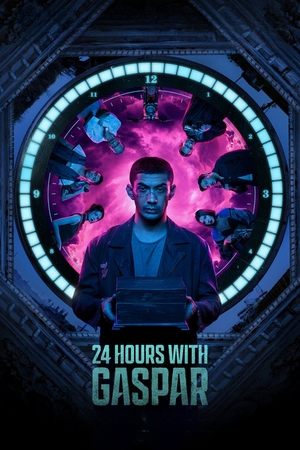 6.6
6.624 Hours with Gaspar(id)
With only 24 hours left to live, a private investigator follows a trail of confounding clues to uncover the disappearance of his childhood friend.
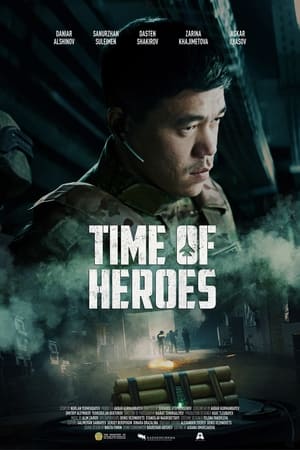 7.5
7.5Patriots Time(ru)
The brothers Sultan and Bekzat Ibrayev are serving faithfully in the Armed Forces of Kazakhstan, and at the same time they are in family disagreement. Sultan is a valiant intelligence officer and Bekzat is a talented fighter pilot. While an international terrorist organization prepares a carefully planned attack on the country's strategically important facilities, the brothers have to face not only a mortal threat, but also face a family confrontation related to their dead father. Circumstances force them to unite in order to save human lives, and the brothers eventually understand that their homeland and family are the most valuable thing they have.
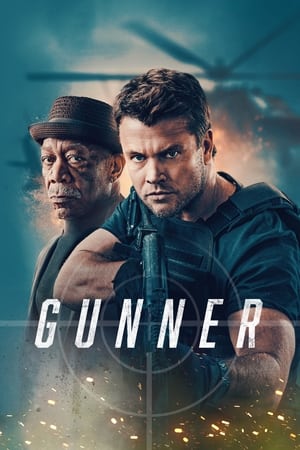 5.3
5.3Gunner(en)
While on a camping trip in order to reconnect, war veteran Colonel Lee Gunner must save his two sons from a gang of violent bikers when they're kidnapped after accidentally stumbling upon to a massive drug operation.
 7.0
7.0Lights Out(en)
A drifting ex-soldier turns underground fighter with the help of a just-released ex-con, pitting him against corrupt cops and hired killers now gunning for him and all those he cares about.
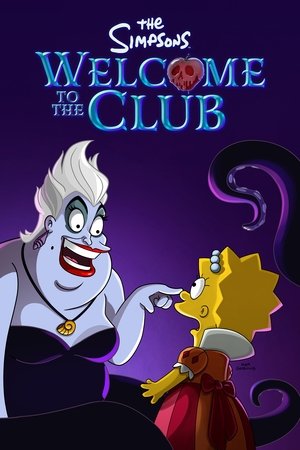 6.4
6.4Welcome to the Club(en)
Heart set on becoming a princess, Lisa Simpson is surprised to learn being bad might be more fun.
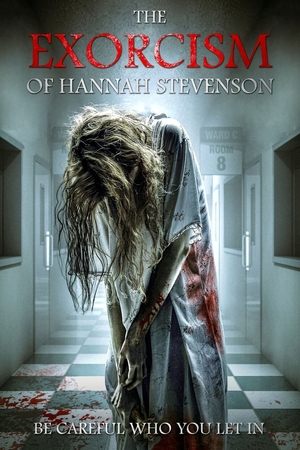 5.8
5.8The Exorcism of Hannah Stevenson(en)
Hannah and Matt, a young couple on their first holiday together, quickly discover that they may not see eye-to-eye. Feeling as though she let her boyfriend down, Hannah enlists the help of a mysterious gypsy woman, in the hope that the couple's troubles can be overcome. However, when Matt wakes to find his girlfriend has disappeared, the gypsy woman's sinister intentions become all too clear.
 7.2
7.2Tomie: Rebirth(ja)
Young art student Hideo paints an unnerving portrait of Tomie, who whispers that she loves him. Inexplicably, he reacts by stabbing her to death with a painting trowel. Two friends, Takumi and Shunichi, arrive on the scene and help him dispose of the body. To cheer him up, the boys take the unwitting murderer to the nearest bar for a party... but a mysterious girl named Tomie shows up, bearing a few odd physical resemblances to the dead girl in the ground.
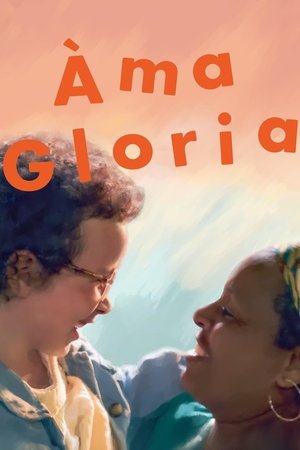 6.8
6.8Ama Gloria(fr)
Cleo is six years old, has a myopic look and has been madly in love with Gloria, her nanny, since she was born. When Gloria receives a call and must urgently return to her home in Cape Verde to care for her two children, whom she has not raised, Cleo makes her promise to meet one last time. Gloria accepts and invites Cleo to spend the summer vacations on her island. A last summer that they will spend together, in Gloria’s family, before inevitably saying goodbye.
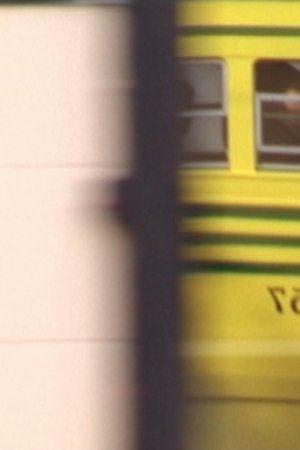 5.7
5.7way(en)
San Francisco filmmaker Konrad Steiner took 12 years to complete a montage cycle set to the late Leslie Scalapino’s most celebrated poem, way—a sprawling book-length odyssey of shardlike urban impressions, fraught with obliquely felt social and sexual tensions. Six stylistically distinctive films for each section of way, using sources ranging from Kodachrome footage of sun-kissed S.F. street scenes to internet clips of the Iraq war to a fragmented Fred Astaire dance number.
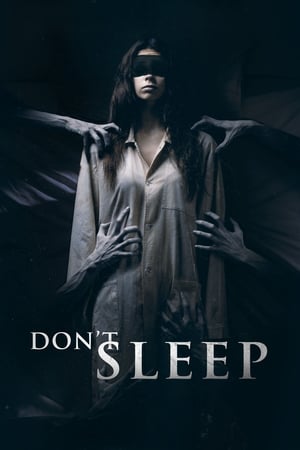 5.5
5.5Don't Sleep(en)
After moving into a cottage together, two young lovers confront horrors of a forgotten childhood.
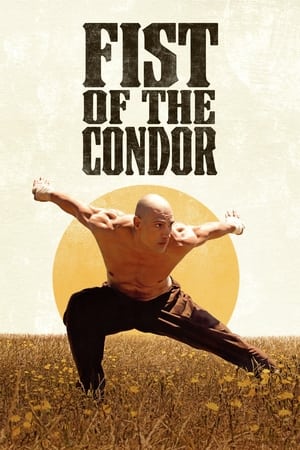 7.3
7.3Fist of the Condor(es)
Upon the empire’s fall to invading conquistadors, the 16th-century Incas quickly concealed a sacred manual containing the secrets behind their deadly fighting technique. But after centuries of careful safeguarding, the manual is again at risk of falling into the wrong hands, leaving its rightful guardian to battle the world’s greatest assassins to protect the ancient secrets within.
Similar Movies
 6.0
6.0The Middle Dog's Day(xx)
shows visual and metaphorical representation using rope as a motif through various rope images and meanings.
 6.5
6.5Color of Korea(ko)
It shows Korea’s traditional colors and culture through the use of superimposing. It is an experimental film, which not only tries to show Korean traditional culture through the use of color, but also tries to show the modern history of Korea.
 7.0
7.0The Hole(ko)
One of Han Ok-hee’s renowned pieces called The Hole uses the flicker, oblique angles, the cross-cutting of reality and fantasy to express inner entrapment and the desire for liberation. Han Ok-hee’s The Hole, The Rope and Untitled not only experimented with cinematic forms of expression, but also played an important role in the protest against forms of expression in experimental films and the artistic protest against the social suppression and censorship in 1970s Korea. (Art Cinema OFFoff)
 8.3
8.3Untitled 77-A(ko)
The film contains the despair of an artist’s desire for creation on ruthless censorship, rebel, and anxiety in the mid-70s when it was politically and socially depressed.
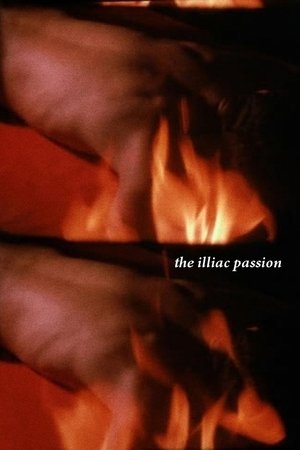 4.2
4.2The Illiac Passion(en)
Prometheus, on an Odyssean journey, crosses the Brooklyn Bridge in search of the characters of his imagination. After meeting the Muse, he proceeds to the "forest." There, under an apple tree, he communes with his selves, represented by celebrated personages from the New York "underground scene" who appear as modern correlatives to the figures of Greek mythology. The filmmaker, who narrates the situations with a translation of Aeschylus' Prometheus Bound, finds the personalities of his characters to have a timeless universality.
 7.0
7.0The Bomb(en)
Filmmakers use archival footage and animation to explore the culture surrounding nuclear weapons, the fascination they inspire and the perverse appeal they still exert.
 0.0
0.0Thirteen Ways of Looking at a Blackbird(pt)
Taking its title from the poem by Wallace Stevens, the film is composed of a series of attempts at looking and being looked at. Beginning as a city state commission under the name and attitude of “Unschool”, the film became a kaleidoscope of the experiences, questions and wonders of a couple of high school students after a year of experiences with filmmaker Ana Vaz questioning what cinema can be. Here, the camera becomes an instrument of inquiry, a pencil, a song.
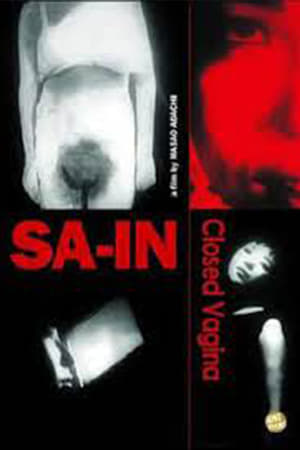 9.0
9.0Closed Vagina(ja)
Adachi's follow-up to Bowl using the figure of a woman suffering from an unusual sexual aliment has often been taken as a controversial allegory for the political stalemate of the Leftist student movement after their impressive wave of massive fiery protests failed to defeat the neo-imperialist Japan-US Security Treaty. The ritualistic solemnity of the charged sexual scenes contribute to the oneiric qualities of Closed Vagina which Adachi would later insist was an open work, not meant to deliver any kind of deliberate political message. - Harvard Film Archive
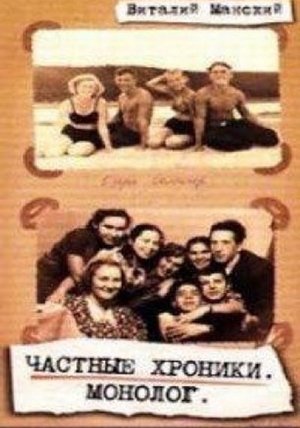 0.0
0.0Private Chronicles: Monologue(ru)
The collective life of the generation born as Jurij Gagarin became the first man in space. Vitaly Mansky has woven together a fictional biography – taken from over 5.000 hours of film material, and 20.000 still pictures made for home use. A moving document of the fictional, but nonetheless true life of the generation who grew up in this time of huge change and upheaval.
Rytmus(cs)
An experimental film from Jirí Lehovec, mixing the sound process with animated rhythms.
Maybe That's Enough(en)
Platitudes begin at peaks then rapidly descend and dismantle in order to ascend more acutely until they repeatedly and successively overwhelm.
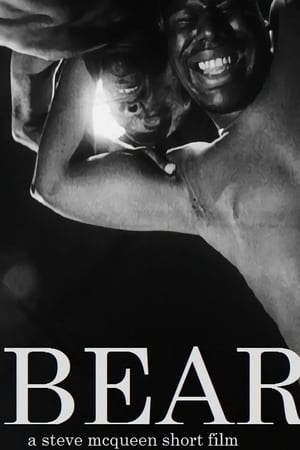 4.2
4.2Bear(en)
Bear (10 minutes, 35 seconds) was Steve McQueen's first major film. Although not an overtly political work, for many viewers it raises sensitive issues about race, homoeroticism and violence. It depicts two naked men – one of whom is the artist – tussling and teasing one another in an encounter which shifts between tenderness and aggression. The film is silent but a series of stares, glances and winks between the protagonists creates an optical language of flirtation and threat.
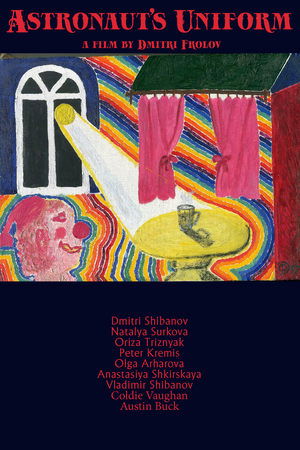 10.0
10.0Astronaut's Uniform(ru)
Mockumentary experimental film, which shows one day in the life of a young man. The action takes place on the Day of Soviet Cosmonautics, April 12, one of the last years of the USSR. Outside the window, it is gradually getting warmer, the onset of spring is felt, promising hope for the possibility of changes in the country. The hero of the film is fond of space. The young man, who idolizes Gagarin, is engaged in reconstruction, making the uniform in which the cosmonaut walked in the prime of his glory. Our hero is also a film enthusiast. He makes films with stories of space flights and shows them to his friends. The film is stylized as amateur films of the 1980s and was shot on a 16-mm color film made by the company" Svema", made in the Soviet Union. The quality of this film allows the viewer to fully immerse themselves in the atmosphere of the time of the film, which is dedicated to Soviet cosmonautics and Edward D. Wood Jr.
 6.3
6.3Monday or Tuesday(sh)
A divorced journalist Marko Požgaj starts his working day by taking his son to the school. During the day many thoughts and images pass through his mind - the memories of childhood, ex-wife, current girlfriend, but mostly his father who died in a war.
 6.9
6.9The Five Obstructions(da)
Lars von Trier challenges his mentor, filmmaker Jørgen Leth, to remake Leth’s 1967 short film The Perfect Human five times, each with a different set of bizarre and challenging rules.
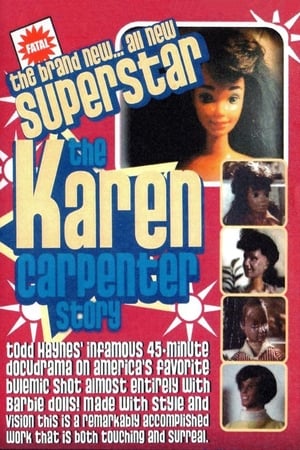 7.1
7.1Superstar: The Karen Carpenter Story(en)
The final 17 years of American singer and musician Karen Carpenter, performed almost entirely by modified Barbie dolls.
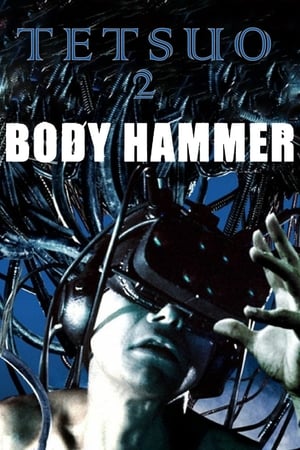 6.2
6.2Tetsuo II: Body Hammer(ja)
A Japanese salaryman finds his body transforming into a weapon through sheer rage after his son is kidnapped by a gang of violent thugs.
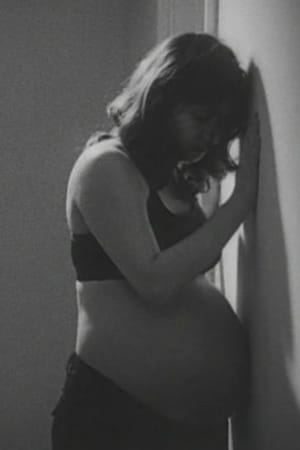 0.0
0.0Alex & José(en)
Alex and José, is a 16mm single channel projection that explores gender, movement and form.
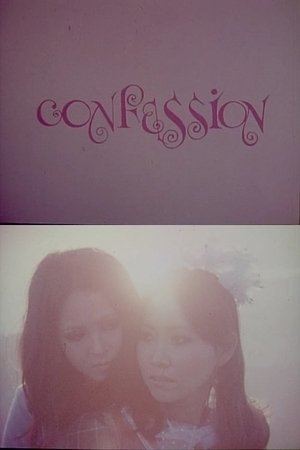 6.4
6.4Confession(ja)
A filmmaker recalls his youth in the town of Onomichi. In the present, he shoots a film in Onomichi alongside his cast, crew and family.
 0.0
0.0Joseph Cornell: Worlds in a Box(en)
This is a 1991 documentary film about the legendary artist and filmmaker, Joseph Cornell, who made those magnificent and strange collage boxes. He was also one of our great experimental filmmakers and once apparently made Salvador Dali extremely jealous at a screening of his masterpiece, Rose Hobart. In this film we get to hear people like Susan Sontag, Stan Brakhage, and Tony Curtis talk about their friendships with the artist. It turns out that Curtis was quite a collector and he seemed to have a very deep understanding of what Cornell was doing in his work.

